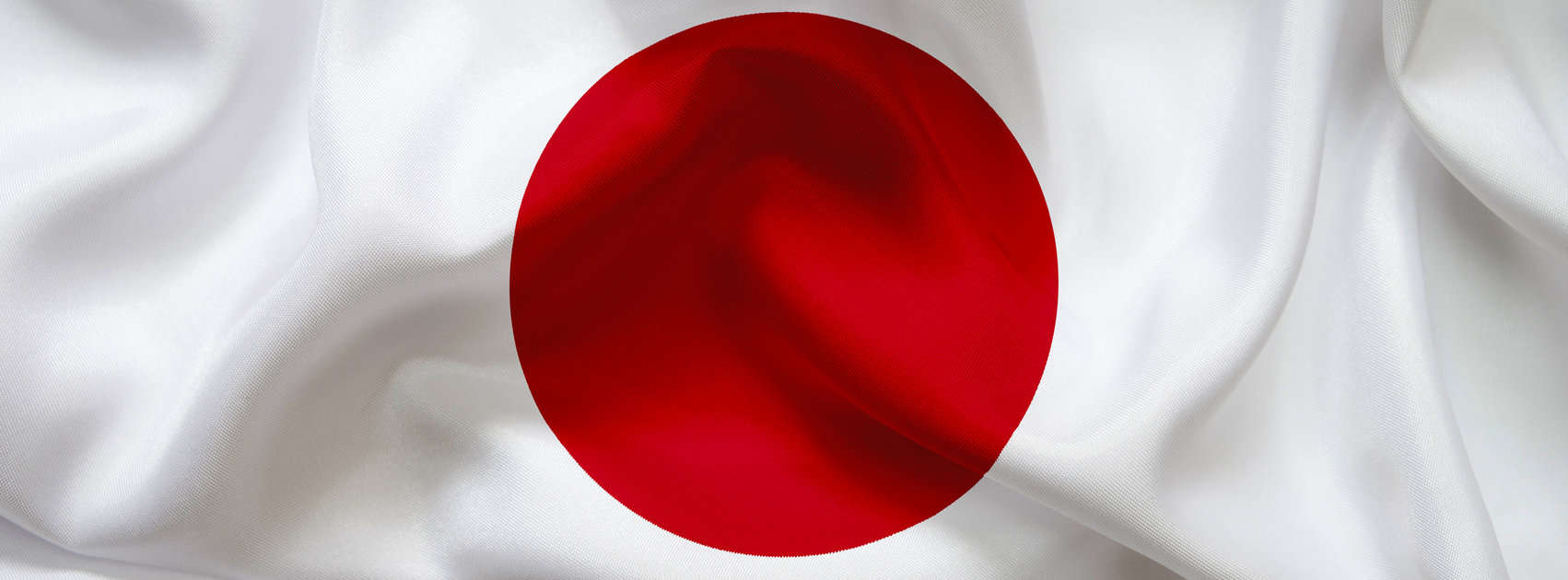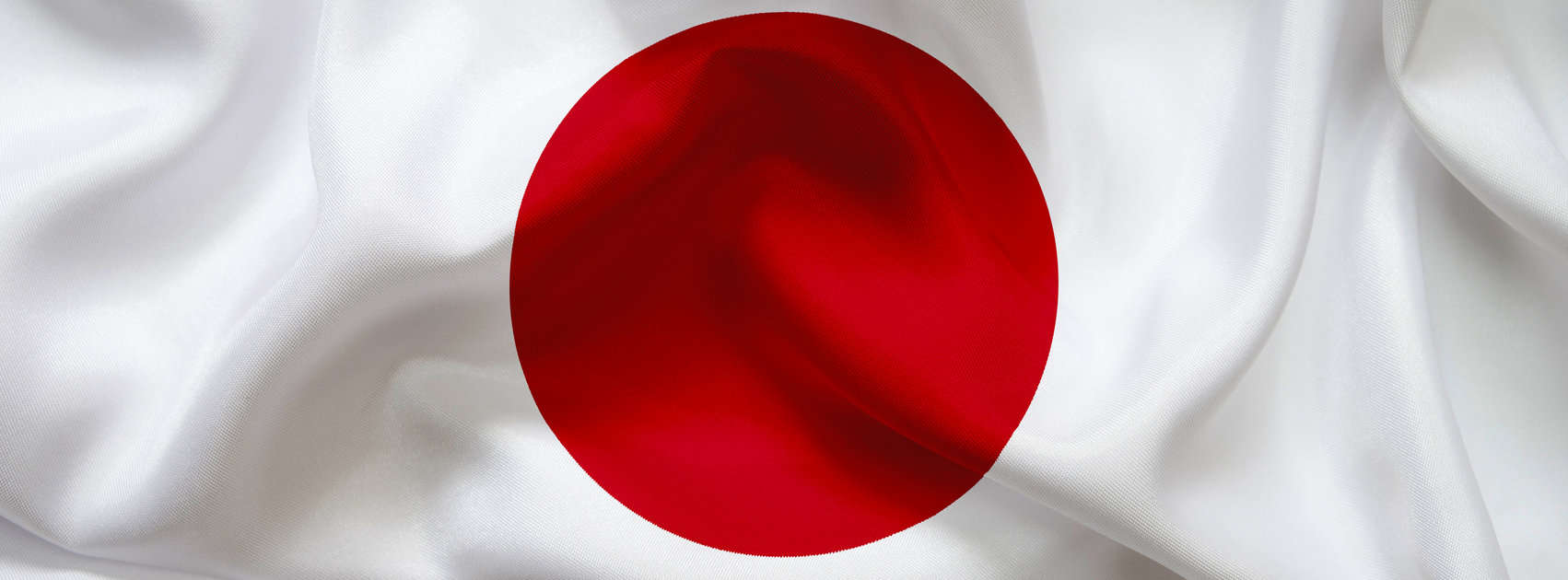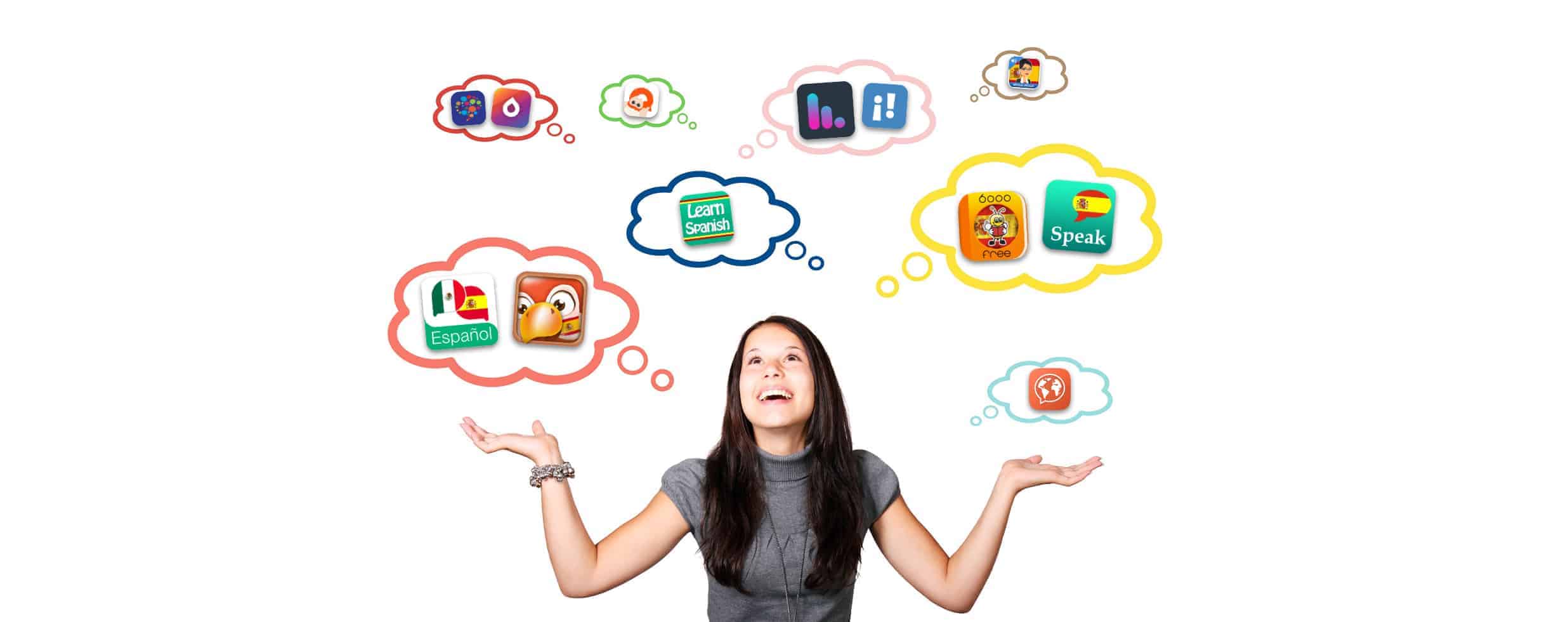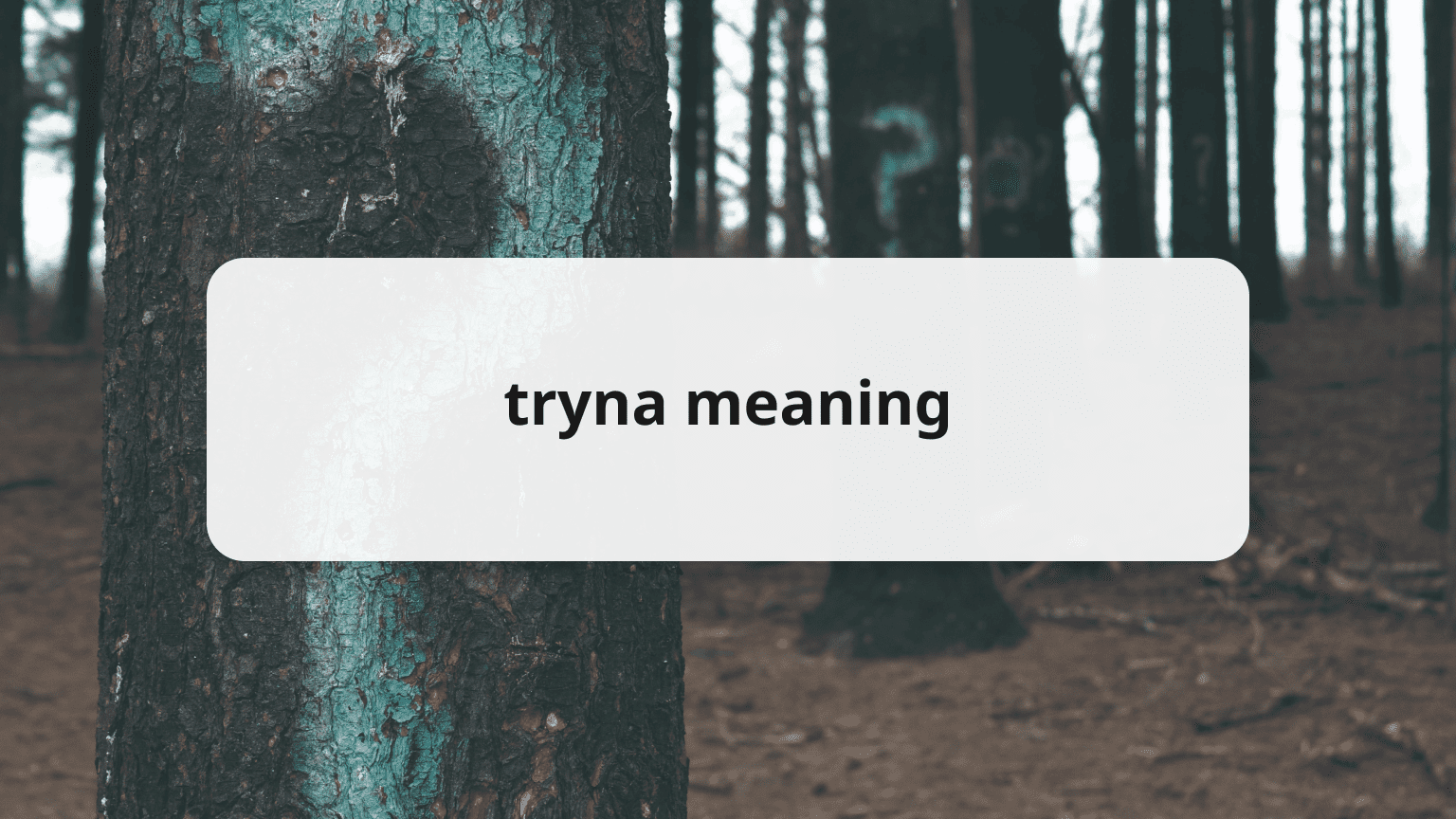1. Reading: To understand the concept of Hiragana, Katakana, and Kanji.
- Start with Hiragana first
Before we start, there are three fundamental concepts that you need to keep in mind: Kanji (漢字), Hiragana, and Katakana. These are the elements that make up the Japanese language which allows you to read and write. Start with Hiragana first! Hiragana is conceived in 50 characters. As long as you have remembered all the characters, you will be able to read Japanese. 
- Check free Youtube videos
What I have done was look up on Youtube for Japanese beginner-related videos and follow the instructors to pronounce each character out loud, then make sure you can memorize them. ( I know it sounds a bit embarrassing, but this is the attitude you need to learn a new language, guys!)
- Practice with your favorite Japanese resources
After memorizing most of the characters, it’s time for practicing. But, of course, you won’t expect yourself to remember them and never forget about them, don’t you? Find something you are interested in first! I was highly obsessed with Jpop and anime when I first learned Japanese. After I understood how to read Hiragana, I started to read/sing the lyrics out from my favorite song and tried to understand all the Japanese subtitles from my favorite anime and dramas. This will be the most exciting part of your study, and your reading skill will multiply.
As soon as you start to get used to Hiragana. Then, you can begin practicing Katagana.
- Be positive about Kanji
Katagana also has 50 characters, but they are very similar to Hiragana, and most of the time they are made for names and loanwords.
We all know that Kanji is the most challenging part of learning the language for all Western Japanese learners. However, you do not need to worry about this at the beginning. Most of the time, Kanji will label Hiragana on the top for people to read easier. Therefore, as long as you can master Hiragana and Katagana, you will be able to read Japanese! I have done this in 15 days, so I believe that you all can do this! 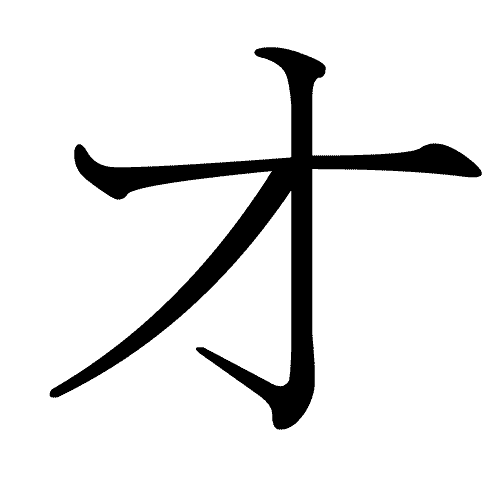
2. Writing- Follow the strokes and you will be fine
- Practice it on a hand-lettering sheet
Here we go, the most challenging part of the study and where most people are giving up. Yet, reading and writing also have a strong connection. As I have mentioned in the previous paragraph, the first thing you need to do is memorize Hiragana and Katagana! What I meant by remembering is you need to understand how to write it as well!
I have bought calligraphy and hand lettering sheets for Japanese. But, again, you can also check the Youtube video about ‘How to write Japanese characters’ then practice in your notebook.
- To have confidence
Since you can read the Katakana and Hiragana, it will be easier for you to write it now. So, for the first month, let’s try to write everything in Hiragana and Katagana, then move on to the simple writing of Kanji in the next couple of months. 
3. Speaking – Practicing is the key (The magic code of Japanese learning!)
Practice makes it perfect. That’s the key to Japanese speaking, or let’s say, in all languages. I am sorry to tell you that, but there are no other ways than practicing. Alternatively, I can share some tips to make your practice more effective.
- Practice with your native Japanese friends
I didn’t have any Japanese around me when I started to pick up Japanese. So I went on meetup and Kijiji (Canadian online classified advertising website ) to meet new Japanese friends, then created my own little Tokyo society. My intention was clear, so most of them were willing to help me to improve.
- Record yourself speaking
Recording my speaking has helped me a lot. I used to read Japanese fairy tale books, Japanese lyrics, anime scripts and speak them out loud repeatedly. Once you have an ear for the language, you’ll be able to start making adjustments to make your Japanese sound increasingly natural.
- Listen to local news and watch dramas without subtitles.
This will help you to understand the intonations and tones better. Japanese is a language with unique intonation patterns. Imitation is equally essential in learning a new language. Once you can read all characters clearly with the correct intonation, you will master the language!
4. Listening- Adapt to it as much as possible in daily life
- Listen to Japanese podcasts or radios
If reading and writing are connected, speaking and listening are one. Therefore, all the tips I have shared above for speaking can also apply to listening. I’ve been playing podcasts in Japanese at home all the time and label down all the vocabularies which I don’t know in Hiragana so I can look up for them. I have also replayed the same track multiple times for me to get a better understanding each time.
- The key of Japanese learning: Practice in daily life
Every time I went to a Japanese Izakaya. I will try to use my limited Japanese to order and make a conversation with the Japanese waiters. So you will feel super motivated after making a successful order. By doing this will help your listening skills improve little by little also keep your learning spirit passionate.
5. Try to find a tutor if you have the budget for your Japanese learning
If you do have the budget, you should definitely try an online platform to consolidate your Japanese.
AmazingTalker is an online teacher marketplace from Taiwan offering a variety of language specialisms to students globally of all ages. In addition, you can choose from selected certificated native Japanese teachers from Japan or with choices of who can speak your mother tongue as well. We offer personalized one-on-one online tutoring that can help you master Japanese more quickly and know your needs more clearly. Trial classes start from 2 dollars, flexible schedules with no joining fee. It’s a great way to start your Japanese learning more systematically with a low budget.
https://en.amazingtalker.com/tutors/japanese
More information is available here at https://aaac.co/en-us/en-jap/online-japanese-courses/9596/
Finally, I am going to recommend some textbooks which might help you to begin with your Japanese learning. (Links are on the text)
みんなの日本語1,2,3 minano nihongo
げんき Genki
Shadowing: 日本語を話そう Let’s speak Japanese.
とびら Tobira
日本語総まとめ nihongo somatome
I hope all the contents above will be beneficial and wish you the best of luck on your Japanese journey! 日本語の勉強頑張ってください!
